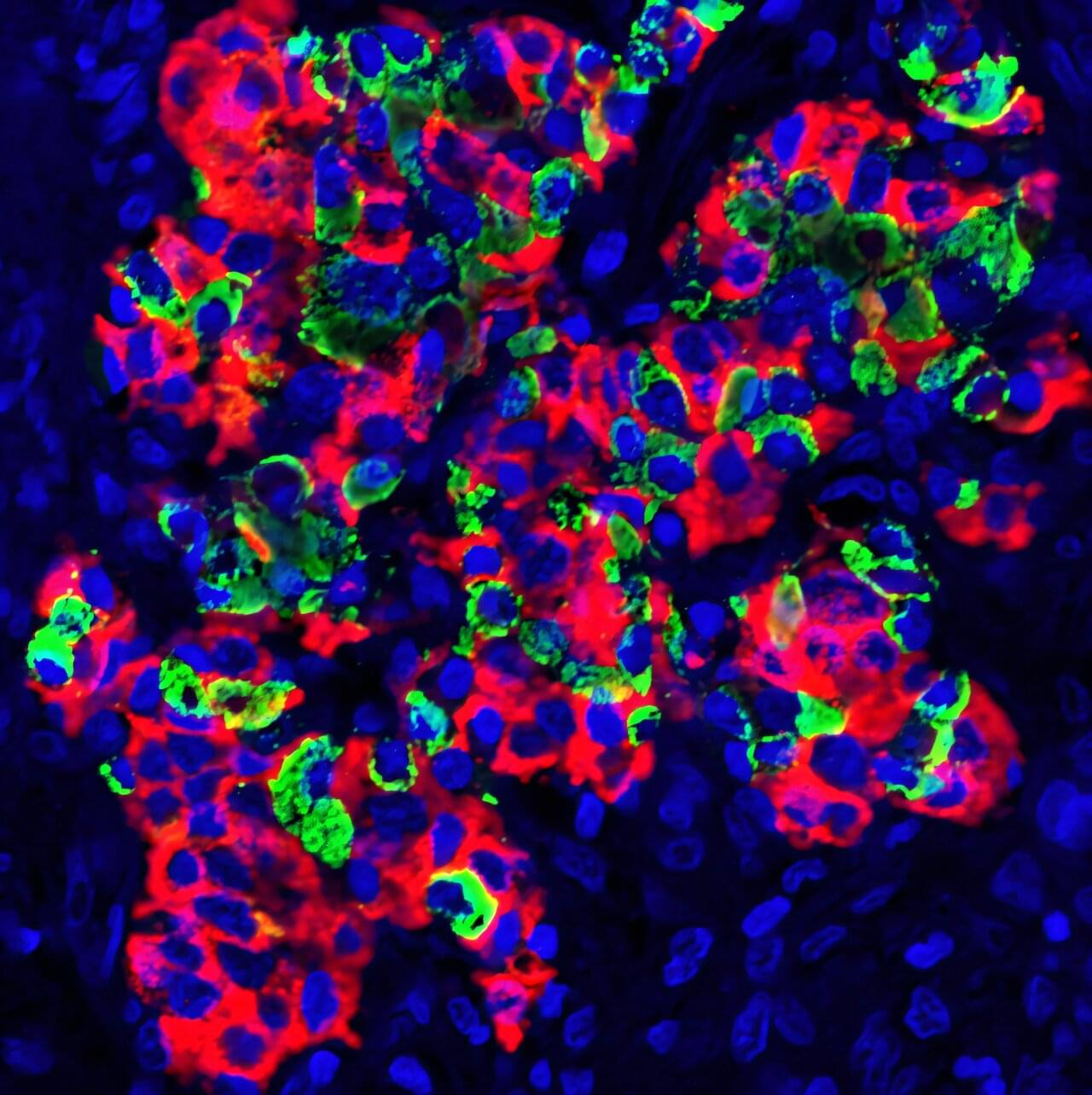Wenzhou Medical University researchers have reimagined the spleen as a viable site for islet transplantation, enabling long-term diabetes control without the burden of full immunosuppression. Nanoparticle-driven spleen remodeling allowed transplanted mouse, rat, and human islets to restore normal blood sugar in diabetic rodents and cynomolgus macaques.
In type 1 diabetes, the immune system destroys native beta cells, the insulin-producing cells housed within pancreatic clusters called islets of Langerhans. Islet transplantation transfers these clusters from donor pancreases into the portal vein of the recipient’s liver, where they settle in the hepatic microvasculature. Once in place, they resume insulin secretion to reduce or eliminate injections and restore glycemic control.
Liver-based transplantation has significant drawbacks. Immune attack, low oxygen tension, and the rigidity of hepatic tissue often destroy most transplanted islets within hours. Upward of 70% of cells are destroyed before engraftment, forcing reliance on multiple donors per recipient and blunting therapeutic success.




